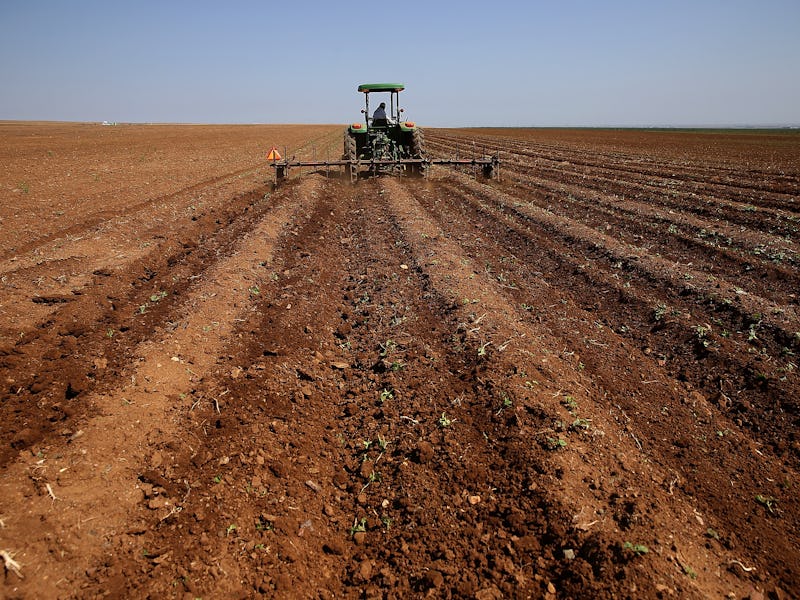Science Has Already Chosen Your Favorite Food of the Future
$12.3 million has been granted to study the drought-resistant food staple.

As Interstellar was a two-hour, forty-nine minute snooze fest you may remember only a series of random images: space, corn, Matthew McConaughey yelling “Murph” a seemingly endless amount of times. What is important here is environmental warrior Christopher Nolan’s insistence that corn is the future of our impending, drought-wrought diets. Turns out Nolan should have been paying more attention to corn’s less flashy cousin: sorghum.
The Department of Energy is willing to bet $12.3 million that sorghum will be the key to feeding the populations of the future and has granted UC Berkeley funding to lead the charge.
The cash is going toward a five-year project named, somewhat epically, EPICON — or rather the Epigenetic Control of Drought Response in Sorghum. This grain, the third-largest in production within the United States, is known for its drought intolerance, resistance to mycotoxins and fungi, and survivability in harsh climates. In the first three years of field testing the University of California Berkeley, lead by microbial biology expert Peggy Lemaux, will study sorghum’s cellular and physiological traits with the goal of understanding the mechanisms that allow it to survive water deprivation.
A Nebraska farmer harvests ears of corn, sorghum's less drought resistant cousin.
“Historically, the genetic manipulation of crops, which has been critical to increasing agricultural productivity, has concentrated on altering the plant’s genetic sequence, encoded in its DNA,” said Lemaux in a statement to UC Berkeley. “However, recent studies have shown that environmental stresses — in our case drought — can lead to epigenetic changes in a plant’s genetic information. Because epigenetic changes occur without altering the underlying DNA sequence, they allow plants to respond to a changing environment more quickly.”
Water is pumped into a rice field in Biggs, California.
When compared to the billions California is racking up due to the drought, $12.3 million becomes pocket change. In 2014, alone the Golden State lost $1.5 billion in direct costs to agriculture and suffered a loss of 17,100 seasonal and part-time jobs. As other crops are sharply reduced by the drought, the $5 billion rice industry of the Sacramento Valley has already cut its acres by 25 percent, researchers say it’s important to study sorghum in order to learn how to continue to grow the crop as climate changes worsen. Sorghum is already a food staple to millions in sub-Saharan Africa, whose drought-prone regions rely on its grain variation.
As the drought poses a danger to wine (not to mention, you know, food), take comfort in a sorghum-saturated society: In Rwanda alone there are 560,000 home brewers of sorghum beer.